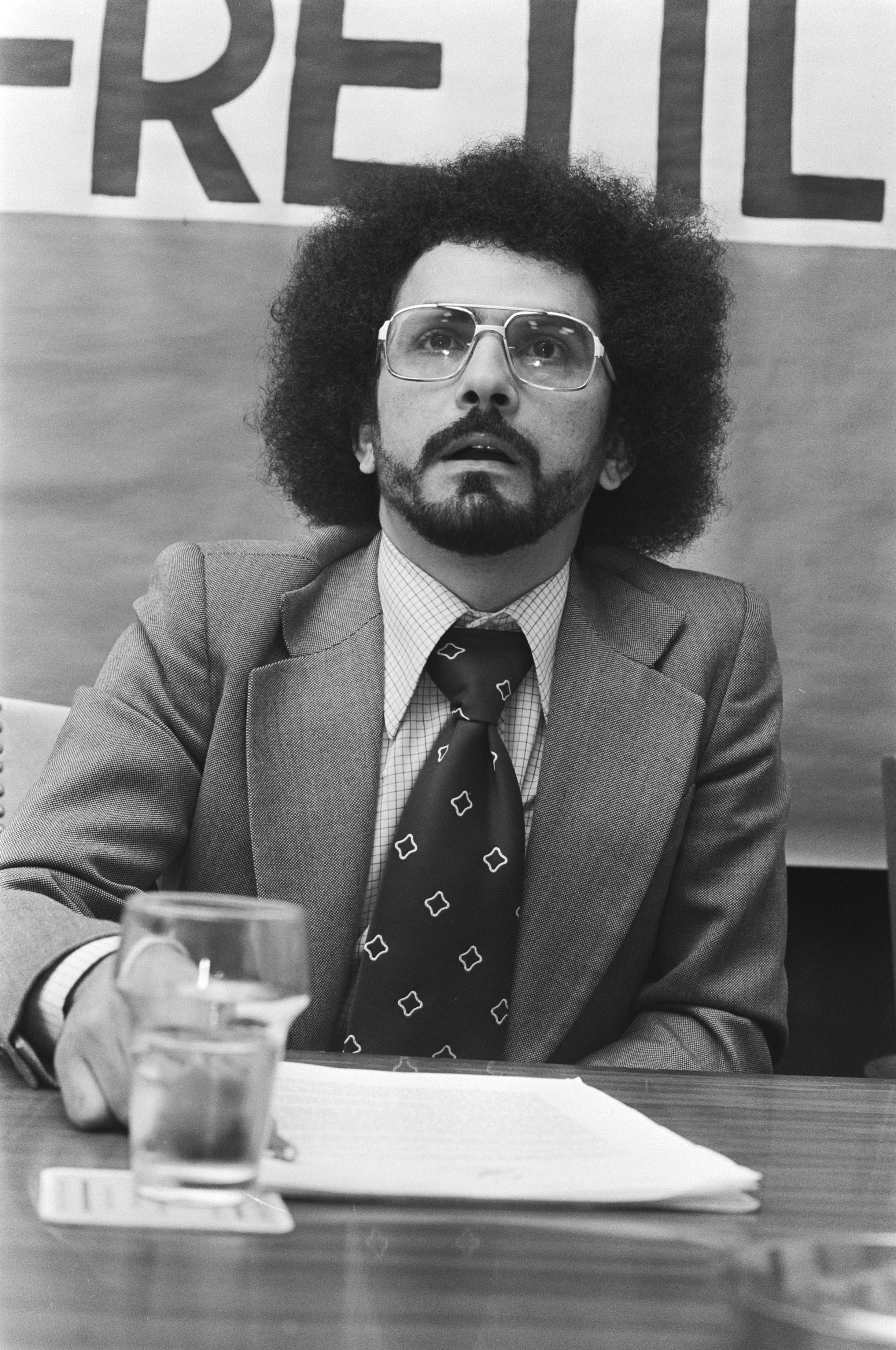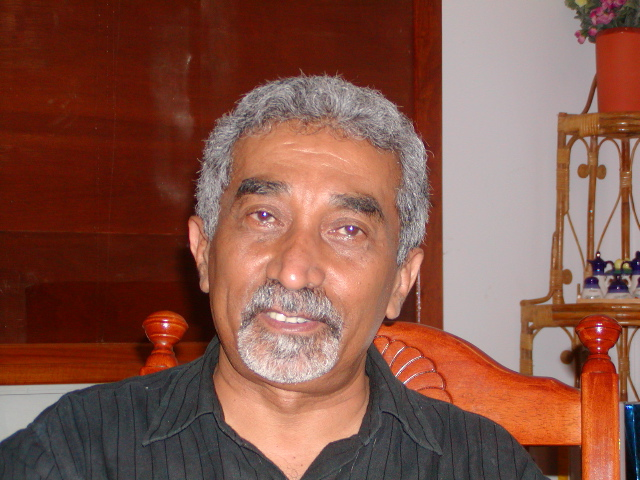|
Minister Of Public Works (East Timor)
The Minister of Public Works ( pt, Ministro das Obras Públicas, tet, Ministru Obras Públikas) is a senior member of the Constitutional Government of East Timor heading the Ministry of Public Works. Functions Under the Constitution of East Timor, the Minister has the power and the duty: Where the Minister is in charge of the subject matter of a government statute, the Minister is also required, together with the Prime Minister, to sign the statute. Incumbent The incumbent Minister of Public Works is . He is assisted by Nicolau Lino Freitas Belo, Deputy Minister of Public Works.The Constitution of East Timor provides, in sections 104 and 105, for the appointment of officials referred to in its English language version as "Deputy Ministers". In other English language publications, those officials are commonly referred to as "Vice Ministers", even though the word "Vice", in context, arguably has a different meaning in English from the word "Deputy". In this article, the consti ... [...More Info...] [...Related Items...] OR: [Wikipedia] [Google] [Baidu] |
Coat Of Arms Of East Timor
The national emblem of East Timor (officially: Timor-Leste) is one of the national symbols of East Timor. Current emblem The emblem was introduced on 18 January 2007 by the Law 02/2007. It is based on a design first used when the country unilaterally declared independence on 28 November 1975. Design The center of the coat of arms shows the outline of the highest mountain in East Timor, the Tatamailau (''Foho Ramelau''), on a white background in the national colors "ruby red" on the outside, black on the inside with a thin golden-yellow border. It is shaped like a square pyramid with three corners pointing down and one pointing up. The edges are arched. In the center of the top corner of the mountain is a five-pointed white star. One of the points of the star, without touching it, points to the top corner of the mountain. Out of the star come five white, pyramidal rays, ending at the top of an open book located in the upper part of the black part of the mountain. The book has ... [...More Info...] [...Related Items...] OR: [Wikipedia] [Google] [Baidu] |
Xanana Gusmão
José Alexandre "Xanana" Gusmão (; born 20 June 1946) is an East Timorese politician. A former rebel, he was the third President of the independent East Timor, serving from 2002 to 2007. He then became its fourth prime minister, serving from 2007"Gusmao sworn in as East Timor PM" , Al Jazeera, 8 August 2007. to 2015. Gusmão holds the office of Minister of Planning and Strategic Investment since stepping down as PM. Early life and career Gusmão was born in , in what was then , to parents of mixed Portu ...[...More Info...] [...Related Items...] OR: [Wikipedia] [Google] [Baidu] |
IV Constitutional Government Of East Timor
The IV Constitutional Government ( pt, IV Governo Constitucional, tet, IV Governu Konstitusionál) was the fourth Constitutional Government (administration or cabinet) under the Constitution of East Timor. Formed on 8 August 2007, it was led by the country's fifth Prime Minister, Xanana Gusmão José Alexandre "Xanana" Gusmão (; born 20 June 1946) is an East Timorese politician. A former rebel, he was the third President of the independent East Timor, serving from 2002 to 2007. He then became its fourth prime minister, serving from ..., and was replaced by the V Constitutional Government on 8 August 2012. Composition The government was made up of Ministers, Vice Ministers and Secretaries of State, as follows: Ministers Vice Ministers Secretaries of State References Notes Further reading * * * External linksCouncil of Ministers of the IV Constitutional Government– Government of East TimorFive-Years Mandate: Positive Balance– Government of East T ... [...More Info...] [...Related Items...] OR: [Wikipedia] [Google] [Baidu] |
Pedro Lay
Pedro is a masculine given name. Pedro is the Spanish, Portuguese, and Galician name for ''Peter''. Its French equivalent is Pierre while its English and Germanic form is Peter. The counterpart patronymic surname of the name Pedro, meaning "son of Peter" (compare with the English surname Peterson) is Pérez in Spanish, and Peres in Galician and Portuguese, Pires also in Portuguese, and Peiris in coastal area of Sri Lanka (where it originated from the Portuguese version), with all ultimately meaning "son of Pêro". The name Pedro is derived via the Latin word "petra", from the Greek word "η πέτρα" meaning "stone, rock". The name Peter itself is a translation of the Aramaic ''Kephas'' or '' Cephas'' meaning "stone". An alternate archaic spelling is ''Pêro''. Pedro may refer to: Notable people Monarchs, mononymously *Pedro I of Portugal *Pedro II of Portugal *Pedro III of Portugal *Pedro IV of Portugal, also Pedro I of Brazil *Pedro V of Portugal *Pedro II of Bra ... [...More Info...] [...Related Items...] OR: [Wikipedia] [Google] [Baidu] |
Estanislau Da Silva
Estanislau da Conceição Aleixo Maria da Silva (born 4 August 1952) is an East Timorese politician and a key member of Fretilin. He was acting Prime Minister from May 2007 to August 2007. A member of Fretilin since 1974, Da Silva served on the diplomatic front for the East Timorese resistance during the years of the Indonesian occupation of Timor-Leste (1975 to 1999). During the occupation, Da Silva resided in Mozambique (1976 to 1984), Portugal (1975 to 1976 and 1984 to 1985) and Australia (1985 to 1999), before returning to Timor-Leste in 1999. After Timor-Leste achieved independence in 2002, Da Silva was appointed as the country's first Minister for Agriculture, Forestry and Fisheries. On 10 July 2006, he was sworn in as the First Deputy Prime Minister of Timor-Leste. He was sworn in as the acting Prime Minister on 19 May 2007 to replace José Ramos-Horta who had been elected President of the young nation. He left office when Xanana Gusmão was sworn in as Prime Minister o ... [...More Info...] [...Related Items...] OR: [Wikipedia] [Google] [Baidu] |
III Constitutional Government Of East Timor
The III Constitutional Government ( pt, III Governo Constitucional, tet, III Governu Konstitusionál) was the third Constitutional Government (administration or cabinet) under the Constitution of East Timor. Formed on 19 May 2007, it was led by the country's fourth Prime Minister, Estanislau da Silva Estanislau da Conceição Aleixo Maria da Silva (born 4 August 1952) is an East Timorese politician and a key member of Fretilin. He was acting Prime Minister from May 2007 to August 2007. A member of Fretilin since 1974, Da Silva served on ..., and was replaced by the IV Constitutional Government on 8 August 2007. Composition The government was made up of Ministers, Vice Ministers and Secretaries of State, as follows: Ministers Vice Ministers Secretaries of State References {{Constitutional Governments of East Timor Cabinets established in 2007 Cabinets disestablished in 2007 03 2007 establishments in East Timor 2007 disestablishments in East Timor [...More Info...] [...Related Items...] OR: [Wikipedia] [Google] [Baidu] |
José Ramos-Horta
José Manuel Ramos-Horta (; born 26 December 1949) is an East Timorese politician currently serving as president of East Timor since May 2022. He previously served as president from 20 May 2007 to 20 May 2012. Previously he was Minister of Foreign Affairs from 2002 to 2006 and Prime Minister from 2006 to 2007. He is a co-recipient of the 1996 Nobel Peace Prize, along with Carlos Filipe Ximenes Belo, for working "towards a just and peaceful solution to the conflict in East Timor". As a founder and former member of Fretilin, Ramos-Horta served as the exiled spokesman for the East Timorese resistance during the years of the Indonesian occupation of East Timor (1975–1999). While he continued to work with Fretilin, Ramos-Horta resigned from the party in 1988, becoming an independent politician. After East Timor achieved independence in 2002, Ramos-Horta was appointed as the country's first foreign minister. He served in this position until his resignation on 25 June 2006, amidst ... [...More Info...] [...Related Items...] OR: [Wikipedia] [Google] [Baidu] |
II Constitutional Government Of East Timor
The II Constitutional Government ( pt, II Governo Constitucional, tet, II Governu Konstitusionál) was the second Constitutional Government (administration or cabinet) under the Constitution of East Timor. Formed on 10 July 2006, it was led by the country's third Prime Minister, José Ramos-Horta José Manuel Ramos-Horta (; born 26 December 1949) is an East Timorese politician currently serving as president of East Timor since May 2022. He previously served as president from 20 May 2007 to 20 May 2012. Previously he was Minister of Fore ..., and was replaced by the III Constitutional Government on 19 May 2007. Composition The government was made up of Ministers, Vice Ministers and Secretaries of State, as follows: Ministers Vice Ministers Secretaries of State References Notes Further reading * {{Constitutional Governments of East Timor Cabinets established in 2006 Cabinets disestablished in 2007 Constitutional Governments of East Timor 2006 establis ... [...More Info...] [...Related Items...] OR: [Wikipedia] [Google] [Baidu] |
Independent Politician
An independent or non-partisan politician is a politician not affiliated with any political party or bureaucratic association. There are numerous reasons why someone may stand for office as an independent. Some politicians have political views that do not align with the platforms of any political party, and therefore choose not to affiliate with them. Some independent politicians may be associated with a party, perhaps as former members of it, or else have views that align with it, but choose not to stand in its name, or are unable to do so because the party in question has selected another candidate. Others may belong to or support a political party at the national level but believe they should not formally represent it (and thus be subject to its policies) at another level. In running for public office, independents sometimes choose to form a party or alliance with other independents, and may formally register their party or alliance. Even where the word "independent" is used, s ... [...More Info...] [...Related Items...] OR: [Wikipedia] [Google] [Baidu] |
I Constitutional Government Of East Timor
The I Constitutional Government ( pt, I Governo Constitucional, tet, I Governu Konstitusionál) was the first Constitutional Government (administration or cabinet) under the Constitution of East Timor. Formed on 20 May 2002, it was led by the country's second Prime Minister, Mari Alkatiri, and was replaced by the II Constitutional Government on 10 July 2006. Initial composition From 20 May 2002 until it was restructured on 26 July 2005, the government was made up of Ministers, Vice Ministers and Secretaries of State, as follows: Ministers Vice Ministers Secretaries of State Restructured composition Following the restructuring on 26 July 2005, the government was made up of Ministers, Vice Ministers and Secretaries of State, as follows: Ministers Vice Ministers Secretaries of State References Notes Further reading * * {{Constitutional Governments of East Timor East Timor East Timor East Timor (), also known as Timor-Leste (), officially the ... [...More Info...] [...Related Items...] OR: [Wikipedia] [Google] [Baidu] |
Mari Alkatiri
Mari bin Amude Alkatiri, GCIH ( ar, مرعي بن عمودة الكثيري '; born 26 November 1949) is a Timorese politician. He was Prime Minister of East Timor from May 2002 until his resignation on 26 June 2006 following weeks of political unrest in the country, and again from September 2017 until May 2018.Agence France-Presse (2006)East Timor PM quits Retrieved 26 June 2006. He is the Secretary-General of the Fretilin party as well as President of the Special Administrative Region of Oecusse. He is an Hadhrami Arab by ethnicity and comes from the Al-Kathiri tribe, a branch of which ruled the sultanate of Kathiri in the Hadhramaut, which is now part of Yemen. He is one of very few Muslim politicians in a country that is 97% Christian. The main issues facing his second term as prime minister were environmental conservation, cultural conservation, accession of East Timor to the Association of Southeast Asian Nations, free public education and public health services, and bui ... [...More Info...] [...Related Items...] OR: [Wikipedia] [Google] [Baidu] |







